
Non-stop wildlife action in Khwai


The action within meters of us was so intense, so absorbing, that now and then, we had to rest the eyes and recalibrate brains that had lapsed into states of catatonic bliss. But more about that later. My wife and I spent almost a week in August 2022 with our Photographer of the Year 2022 winners in Botswana’s Khwai Private Reserve. These few words do scant justice to the experience, and the images below go a bit further.
Our first game drive yielded a hunting party of seven wild dogs (African painted wolves) in the fading light and then a relaxed serval that sat within meters of us, paws neatly tucked in like a chilled house cat – great harbingers of things to come in our sojourn to paradise. The following morning found us parked off for hours under a massive camelthorn tree; a leopard seductively draped over a gnarled branch; legs and tail dangling. On the way back to the lodge for lunch, we bumped into a haggard one-eyed male lion – still recovering from a sound beating he recently took from pretenders to his throne. The three large intruders were still trawling the area, and our vanquished leader’s two coalition partners, eight lionesses and eight cubs, had fled. We also bumped into a leopardess and her two tiny cubs on a few occasions. The final sighting of her was sans cubs as she rested on a low-hanging bare branch in the dark of night before indulging us with a few yoga poses, sliding down the tree and strolling haughtily past us and into the night. Our photographers filled many an SD card and drained their batteries that night …
But enough about the game drives along the lush water channels that so define this eastern fringe of the Okavango Delta. What draws me to this place at the height of the dry season is the two underground photographic hides on the dry east side of Khwai Private Reserve – close to Chobe National Park (there are no fences). I have spent many hours in these hides armed with only a mobile phone and binoculars – absorbing every detail as wild Africa reveals her riches, exuberance and moods. At this time of year, there is a constant stream of big male elephants that arrive from near and far. These big boys move between Botswana, Zimbabwe, Namibia and Zambia in search of food, water and mating opportunities.
And so, this year, our group of photographic winners and their partners headed to Khwai to witness what is undoubtedly one of Africa’s best elephant experiences. These gentle giants slurp, jostle and rumble a few meters away – so close that sometimes all you can see are legs, bellies and that other large bit. It’s fascinating to see the various characters amongst the bulls and how some are respected more than others. Sometimes the water clears entirely of elephants on the arrival of an individual elephant with a confident swagger and gangster attitude.
Our winners often grabbed their expensive equipment as water sprayed into the hide while behemoths barged and sloshed outside. I spent a fair bit of time outside the hides, a few meters from the elephants but protected by a pile of logs, and on several occasions, observed them watching the humans through the hide slots as they sprayed the water into the hide. Make of that what you will.
And in-between the forest of grey legs, we also spotted gangs of banded mongoose, warthogs, impalas, emerald-spotted wood doves and Burchell’s sandgrouse trying their luck.
See our Botswana safari special offers below these epic images.
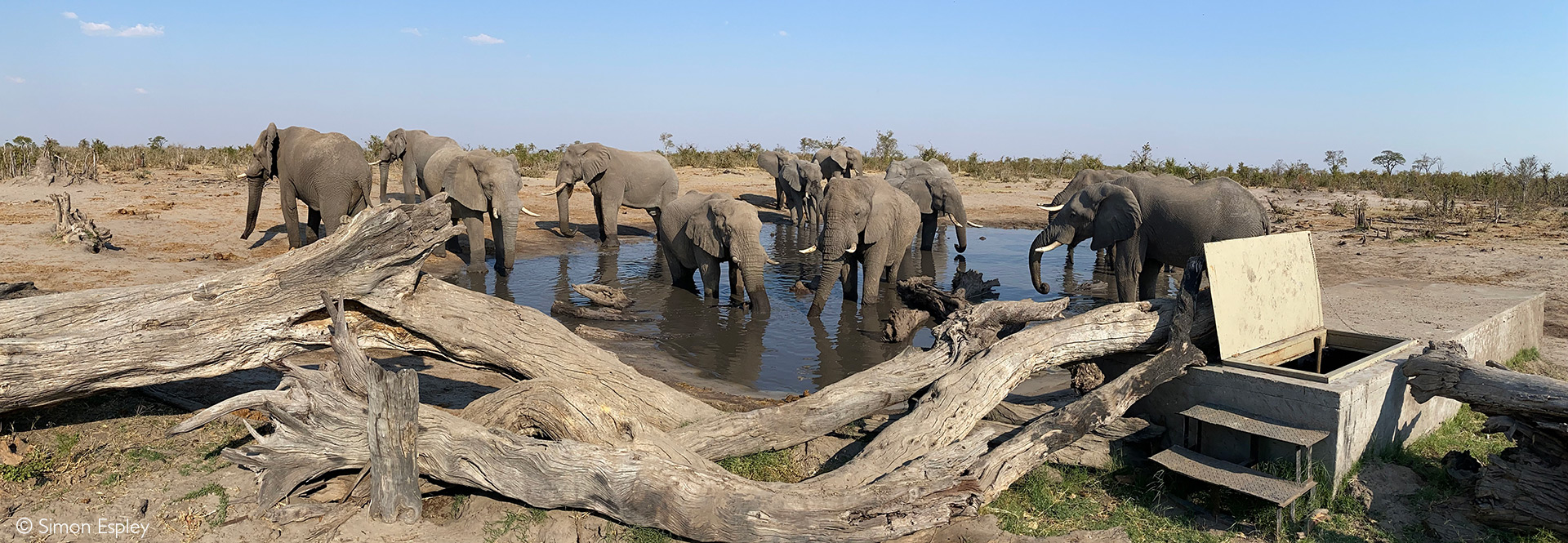

The east-facing photographic hides accommodate up to 6 photographers on comfortable padded chairs. The hides are underground and so cool inside – a pleasant difference to rising outside temperatures at this time of year. The best time to see large numbers of elephants is from August to November (before the first rains) from late morning onwards as they arrive to drink in the heat of the day. The two hides are a 10-minute game drive from Sky Beds ( a must-do experience) and 40 minutes from Hyena Pan Lodge (another immersive elephant destination). The area is dominated by mopane and Kalahari apple-leaf woodland and scrub – and supports good eland, roan and sable antelope populations.

Perhaps the images below will go some way in illustrating what our exuberant group experienced during our time in Khwai Private Reserve. Though we all agreed that words and pictures did not adequately describe the mind-numbing underground hide experience.


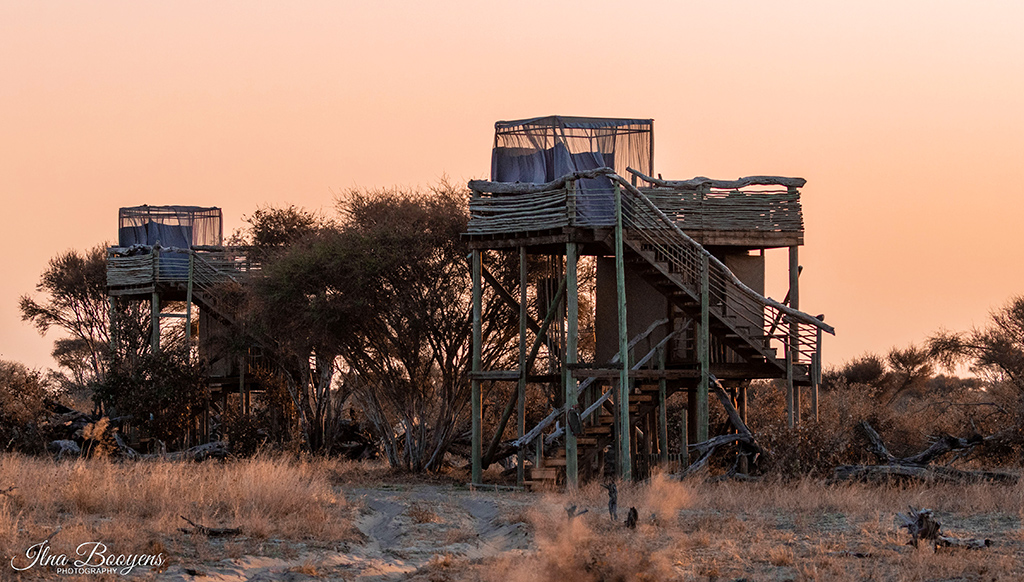


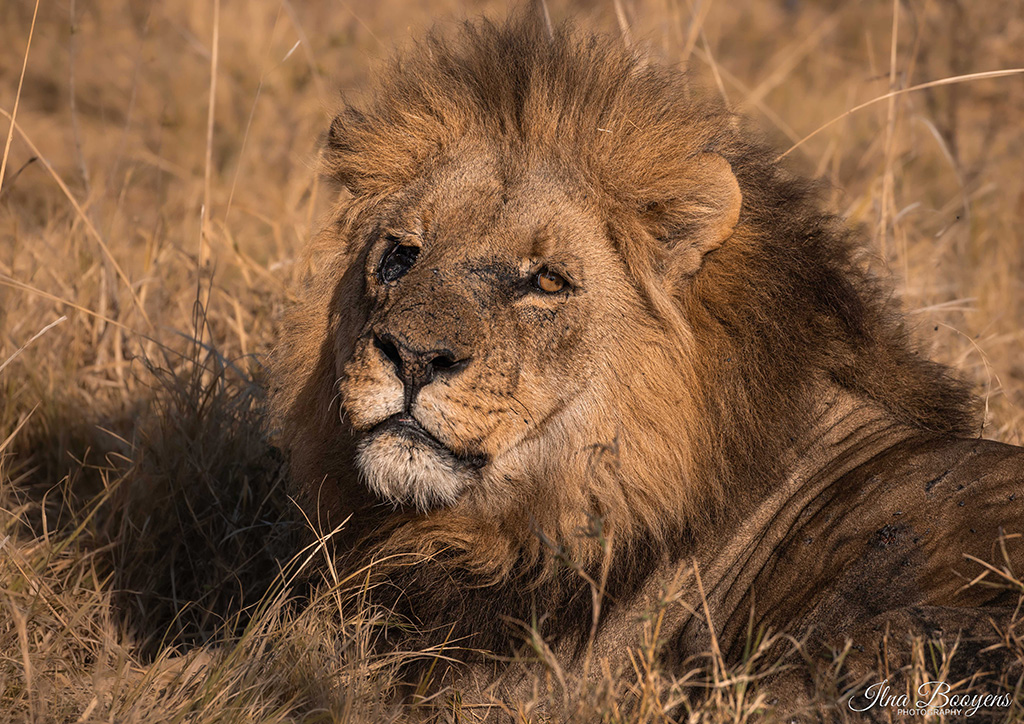
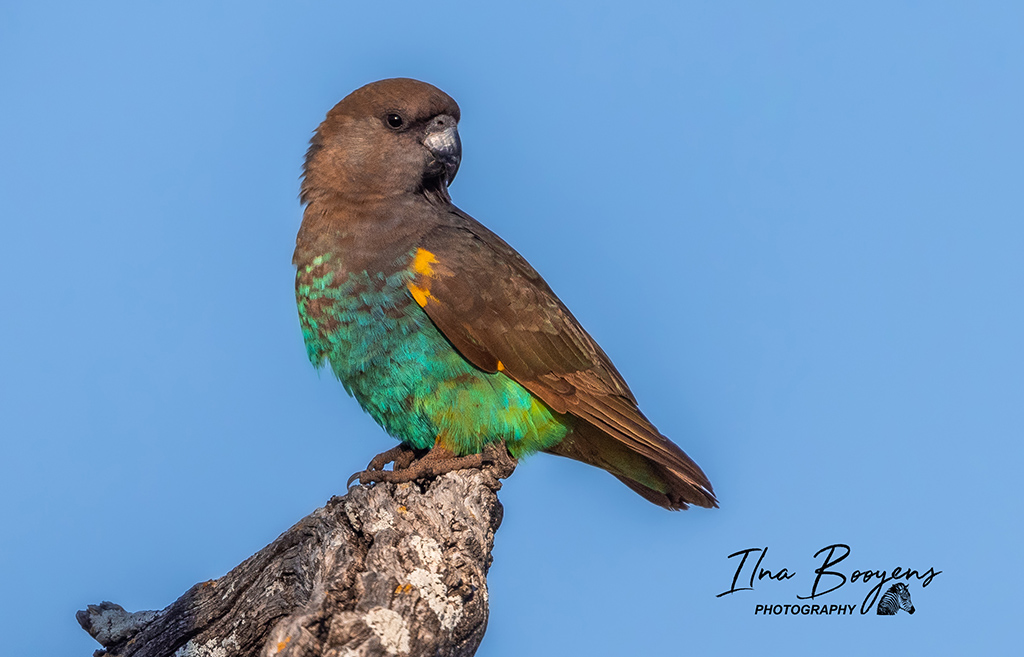



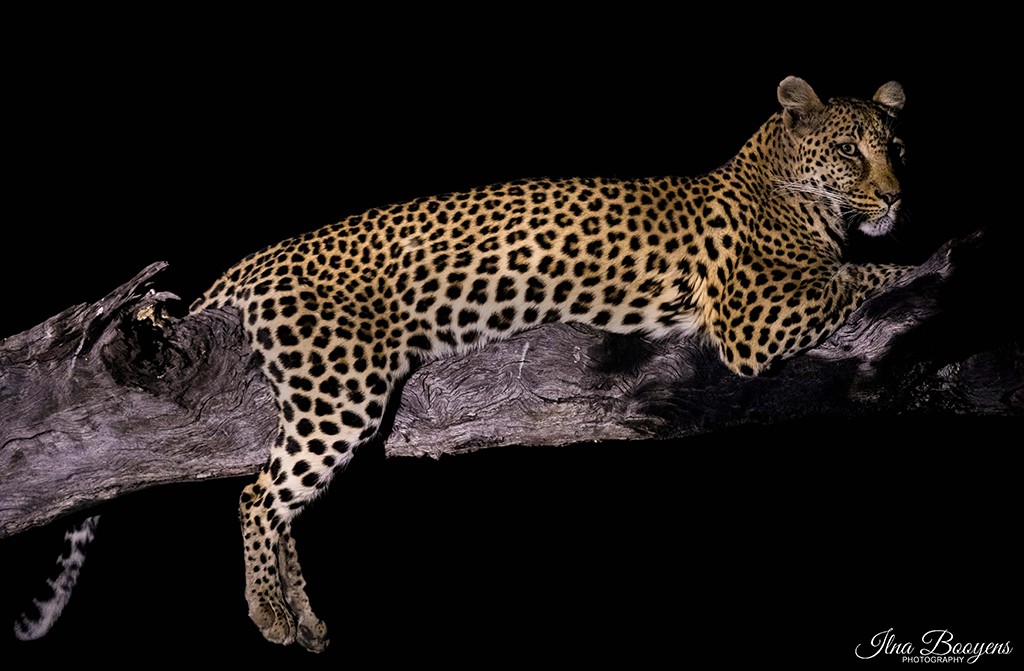


Lodges we stayed at
Little Sable
This stylish camp in Khwai Private Reserve has eight canvas tents that each overlook a floodplain and beyond to the tree-lined bank of the deep Sable Alley water channel. The camp has a cosy feel, with privacy ensured by tall trees that also keep the tents in shade. Game-drive action starts the minute you leave the camp, and mokoro explorations of the waterways are just a short drive away.
Hyena Pan
Eight canvas tents in the shade of cathedral mopane trees look over a large waterhole that teems with elephants and other wildlife. This camp has a slightly eclectic feel – with a laid-back vibe. Set in the dry deciduous woodland back-country, this camp is best located to enjoy the underground photo hides and Sky Beds. Game drives will take you to the wildlife-rich water channels and floodplains of Sable Alley.
Sky Beds
This unique camp comprises three wooden ‘towers’ set far apart, with a central unit to enjoy meals and sundowners. Each tower has a middle-story rest room with shower and toilet and an upper-story bedroom open to the stars – making this a ‘million-star’ experience! The sky beds look over a waterhole popular with elephants, lions and other wildlife.
To comment on this story: Login (or sign up) to our app here - it's a troll-free safe place 🙂.![]()






